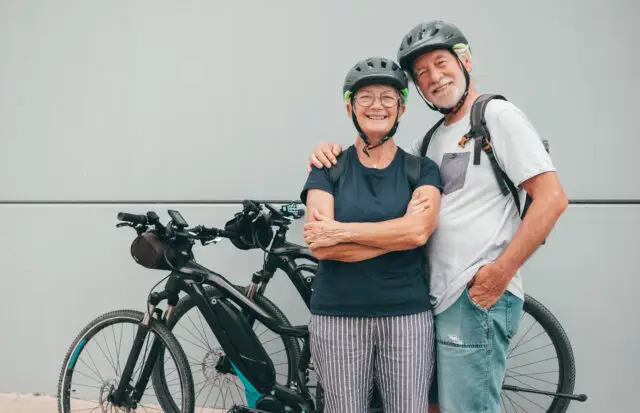
- (+44) 0208 450 3272
- Out Of Hours +44 (0) 7973 266501
- [email protected]
- Mon - Fri: 9:00 - 17:00
- Sat 10.00 - 14.00
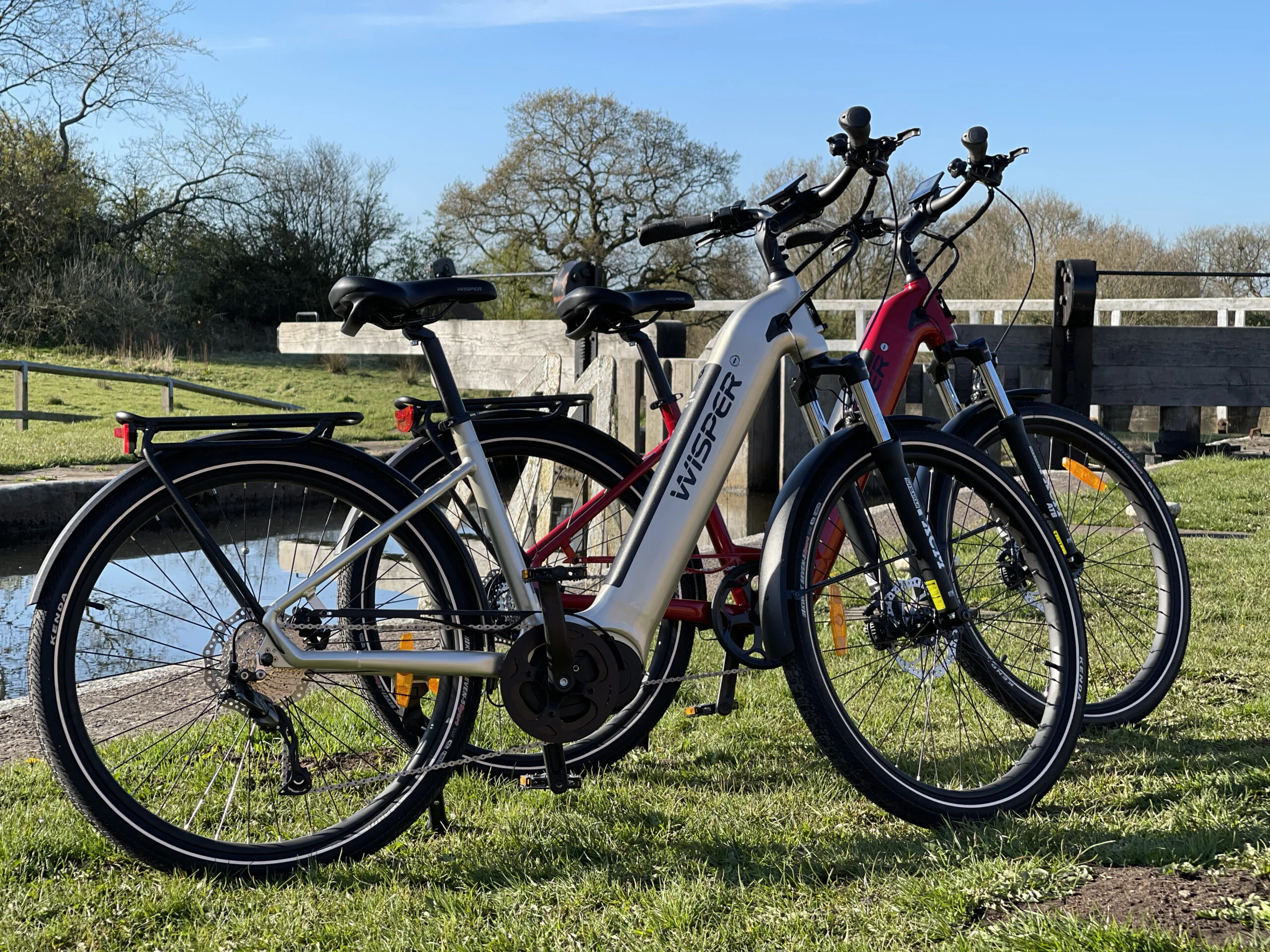
Cycling has long been hailed as a sustainable and health-promoting mode of transport. However, various barriers—such as physical exertion, distance, and terrain—often deter individuals from adopting it as a regular activity. Enter the e-bike: a modern solution that combines the traditional benefits of cycling with the ease of electric assistance. A study from Norway’s Institute of Transport Economics sheds light on how e-bikes are influencing cycling habits, particularly among women.
The study, led by researcher Aslak Fyhri, involved 226 participants divided into two groups. The experimental group of 66 individuals was provided with e-bikes, while the control group of 160 continued using their regular bicycles. Over the study period, the e-bike group exhibited a significant increase in cycling activity:
Interestingly, the impact was more pronounced among women, who not only increased their number of trips but also embraced e-biking more enthusiastically than men. Men, on the other hand, tended to undertake longer journeys once they started e-biking.
Several factors contribute to the increased cycling activity observed among e-bike users:
Implications for Urban Mobility and Health
The findings from this study have significant implications:
In Oslo, a pilot programme provided e-bikes to residents to assess their impact on commuting habits. Participants reported a significant shift from car usage to e-biking, with many citing the ease of use and time savings as primary motivators. The programme’s success has led to discussions about expanding e-bike access citywide.
“People travel twice as much on the electric bike [as on a regular bike], both in terms of kilometres, amount of trips, and as part of the total transportation. The effect of having an electric bike was particularly strong among women.” — Aslak Fyhri, Institute of Transport Economics
E-bikes are not just a fleeting trend; they represent a transformative shift in how we approach cycling and urban mobility. By lowering barriers and making cycling more accessible and appealing, especially to women, e-bikes have the potential to foster healthier lifestyles and more sustainable cities.
Considering an e-bike? Explore local programmes or retailers to find the perfect fit for your lifestyle. Join the movement towards a healthier, more sustainable mode of transport today.

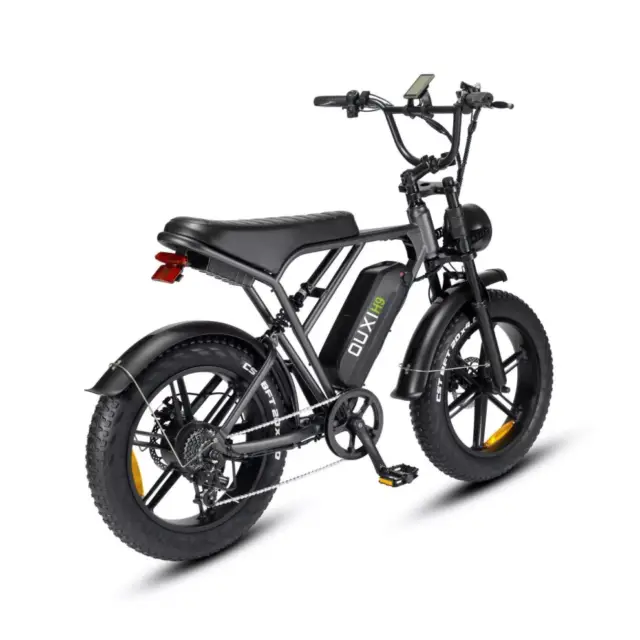
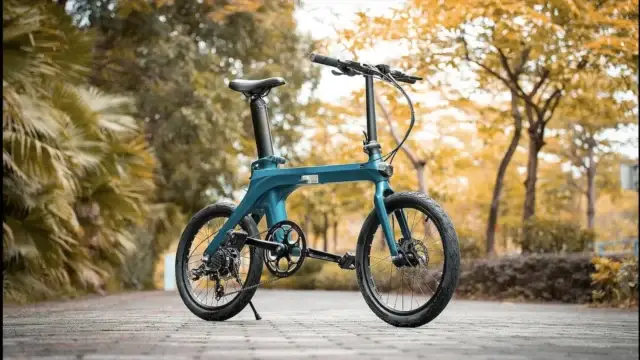
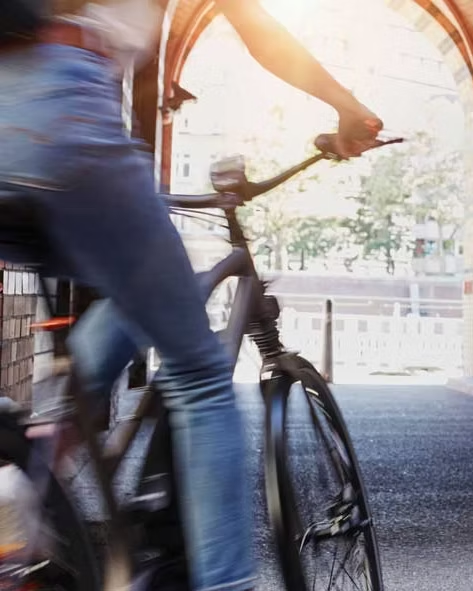
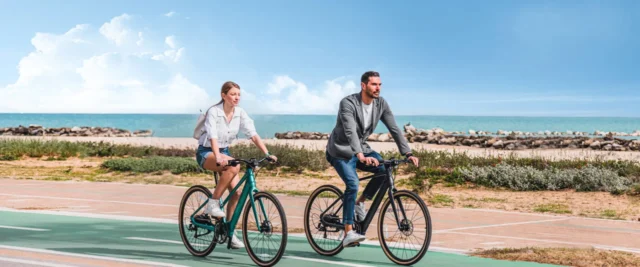
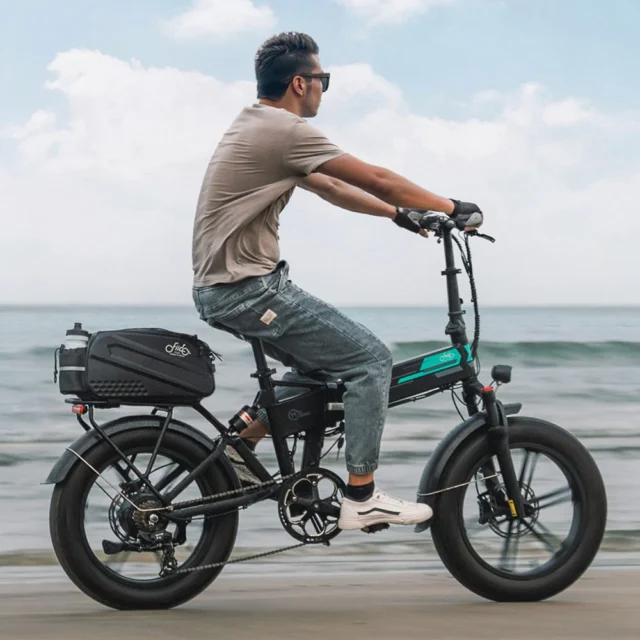
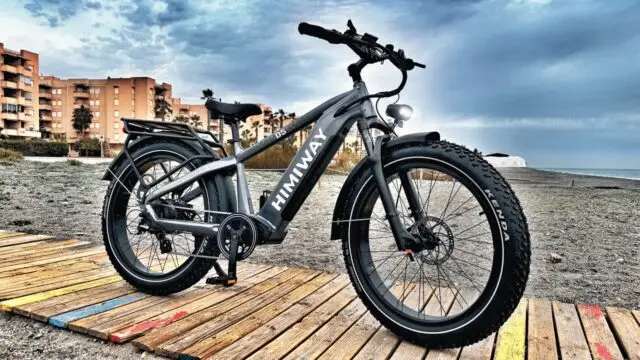
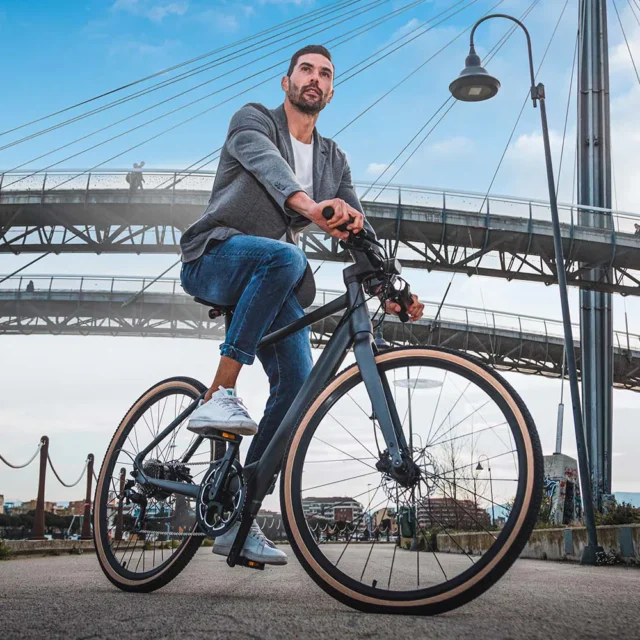

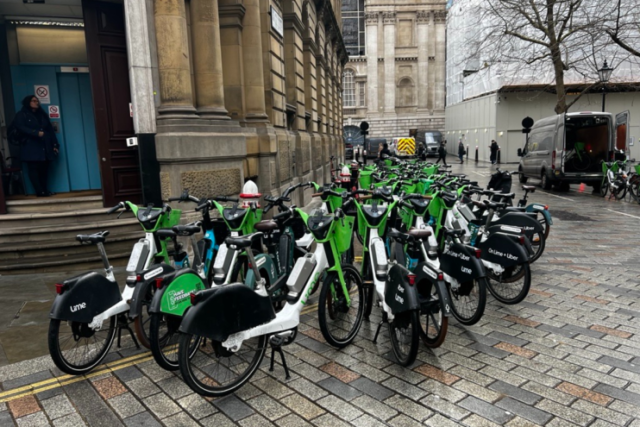
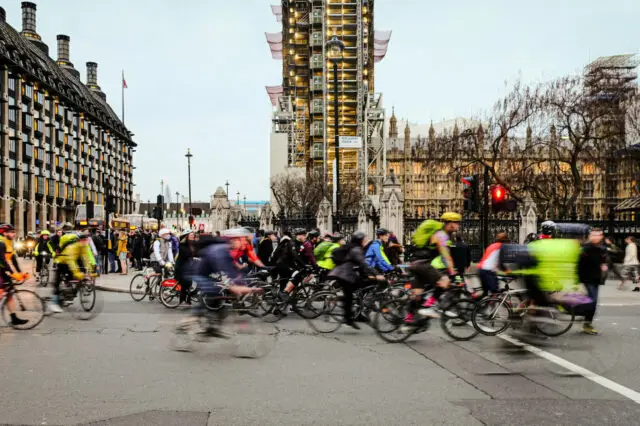

| Cookie | Duration | Description |
|---|---|---|
| cookielawinfo-checkbox-analytics | 11 months | This cookie is set by GDPR Cookie Consent plugin. The cookie is used to store the user consent for the cookies in the category "Analytics". |
| cookielawinfo-checkbox-functional | 11 months | The cookie is set by GDPR cookie consent to record the user consent for the cookies in the category "Functional". |
| cookielawinfo-checkbox-necessary | 11 months | This cookie is set by GDPR Cookie Consent plugin. The cookies is used to store the user consent for the cookies in the category "Necessary". |
| cookielawinfo-checkbox-others | 11 months | This cookie is set by GDPR Cookie Consent plugin. The cookie is used to store the user consent for the cookies in the category "Other. |
| cookielawinfo-checkbox-performance | 11 months | This cookie is set by GDPR Cookie Consent plugin. The cookie is used to store the user consent for the cookies in the category "Performance". |
| viewed_cookie_policy | 11 months | The cookie is set by the GDPR Cookie Consent plugin and is used to store whether or not user has consented to the use of cookies. It does not store any personal data. |